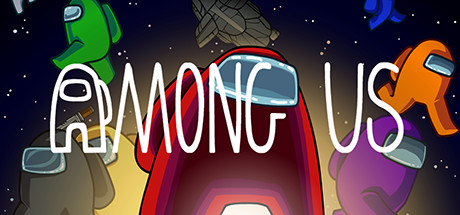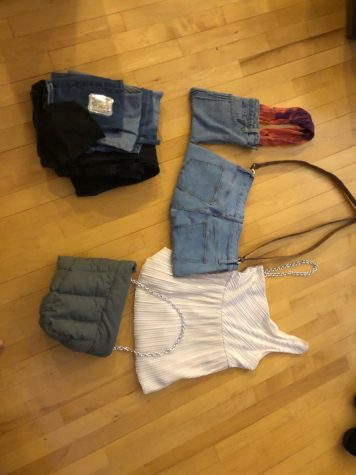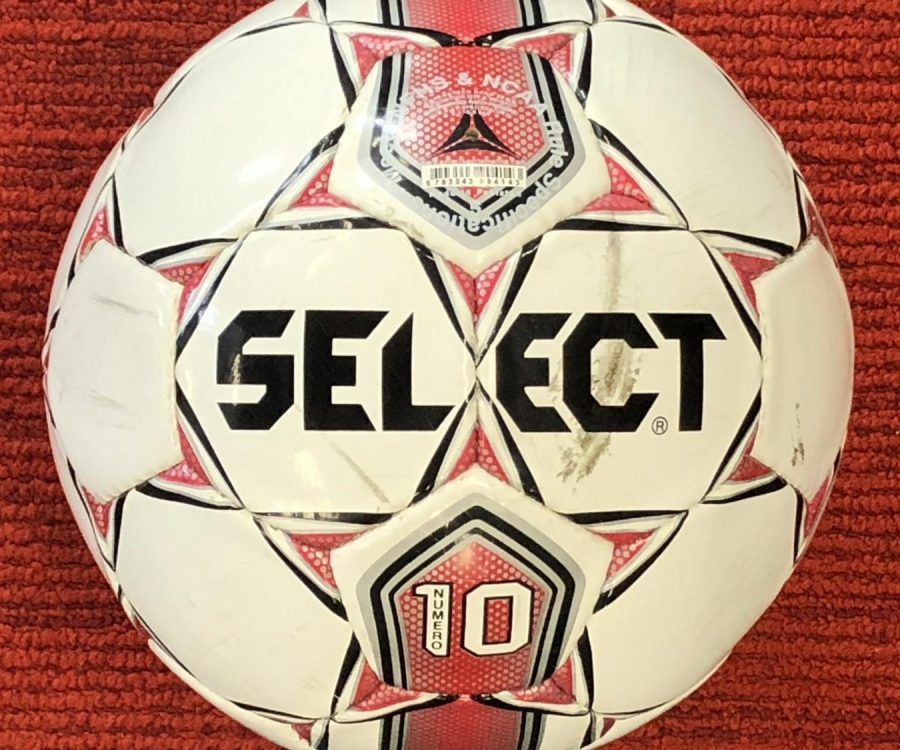Hans Backes kicks into entrepreneurship with new soccer practice options
Senior Hans Backes looks to create the perfect way for soccer players to practice their free kick.
Hans Backes, a BSM senior, has been on the boys’ varsity soccer team for three years. As a soccer player, it is always important to practice, so in engineering class, he has been trying to find creative, challenging, and cost-effective ways for players to up their game.
One difficult part of soccer is the free kick. A free kick is awarded to the other team if a player kicks or attempts to kick, trips or attempts to trip, jumps, or pushes at an opponent. The player then can kick the ball freely from the spot of the foul, but the opposing team is allowed to line up 10 yards away from the spot of the foul and in front of the goal.
To get a good shot on goal takes a lot of practice and skill, so Hans wanted to create a cheaper and more available way to practice it. “One element of soccer is shooting a free kick, which you must shoot over a wall of people in order to score. Some sort of wall is necessary in order to properly practice taking these, and many comparable options on Amazon go for upward of $100. My aim is to keep my product under $30, so that people of all incomes are able to effectively practice,” Backes said.
To make this wall Hans Backes wants to have it transport easily but at the same time be sturdy. It is key that it is lightweight so a player can switch the position of the wall when wanting a different angled shot. To start, Hans Backes has been using common items to make the wall, which causes it to be way more cost effective. “I am building a lightweight, transportable, sturdy, and cost-effective soccer wall. I am purposely using materials that can be found at most any hardware store such as PVC piping, a tarp, eye screws, and sandbags,” Backes said.
This is no easy task. When a player shoots the soccer ball and it happens to collide with the wall, it must be sturdy enough to withstand the hit. This causes issues because the more items that are used to keep the wall steady the more money required to build it, which then raises the price of the wall.
This is a constant battle that Backes has faced during the construction of this project. “The main struggle I have faced so far is optimizing cost while keeping a sturdy structure. The wall needs to be able to stay upright when struck with a soccer ball traveling 40-70 miles per hour. This causes issues, as adding support means more materials needed and consequently a higher cost,” Backes said.
This is a long and tedious project; it requires a lot of analysis, trial and error and time to create something like this, and Backes has been doing all of that. “So far I have done market research and brainstormed/sketched out multiple designs. I estimate that I will have a prototype wall in the next several weeks, and a finished product within the next two months,” Backes said.






































![Teacher Lore: Mr. Hillman [Podcast]](https://bsmknighterrant.org/wp-content/uploads/2025/03/teacherlorelogo-1200x685.png)









m. hawkins • Jan 23, 2021 at 9:15 am
Very interesting and well written article.
A NOTE TO HANS: if anyone can do it, you certainly can. All the best…
M. Hawkins